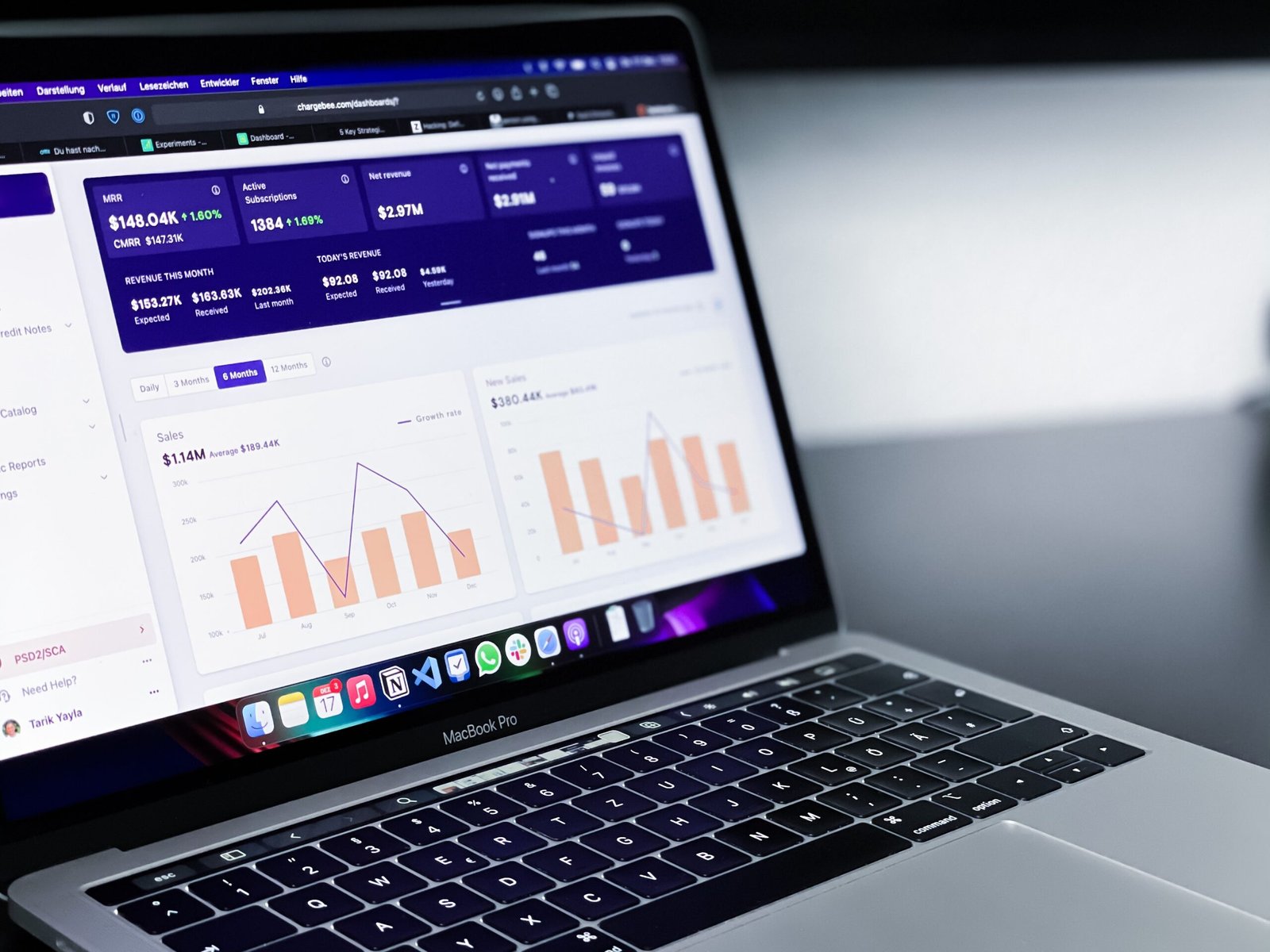In the digital age, having a website is crucial for businesses and individuals alike. Whether you’re running an e-commerce store, a blog, or a portfolio website, understanding how your website is performing is essential to its success. Fortunately, there are powerful tools and techniques available to help you gain insights into your website’s performance.
In this article, we’ll explore how to use analytics to measure your website’s performance in simple and understandable terms.
Why Website Analytics Matter
Before we dive into the specifics of using analytics, let’s understand why it’s important. Website analytics provide you with valuable data and insights about your website’s visitors, their behavior, and your site’s overall performance. These insights can help you make informed decisions to improve your website, enhance user experience, and achieve your online goals.
Getting Started with Google Analytics
One of the most popular and widely used website analytics tools is Google Analytics. It’s not only powerful but also free to use. Here’s how to get started:
Sign Up and Install: Visit the Google Analytics website (analytics.google.com) and sign up for an account. Once you’re registered, you’ll be prompted to create a new property (your website) and get a tracking code.
Install the Tracking Code: The tracking code is a piece of JavaScript that you need to add to every page of your website. You can usually do this by pasting the code into the header or footer of your website’s HTML. If you’re not comfortable with coding, there are plugins available for popular website builders like WordPress that make this process easier.
Wait for Data: It may take some time for Google Analytics to gather data about your website’s visitors. Once enough data is collected, you can start analyzing it.
Key Metrics to Monitor
Now that your analytics tool is set up, let’s explore some key metrics you should monitor:
Traffic Sources: Understanding where your website traffic is coming from (e.g., organic search, social media, referrals) helps you focus your marketing efforts.
Pageviews: This metric tells you which pages on your website are the most popular. It can help you identify your most engaging content.
Bounce Rate: A high bounce rate indicates that visitors are leaving your site quickly. Investigate pages with high bounce rates to improve their content or user experience.
Conversion Rate: If you have specific goals like newsletter sign-ups or product purchases, monitor your conversion rate to see how well your site is performing in terms of meeting those goals.
Average Session Duration: This metric reveals how long visitors are spending on your website. Longer session durations often indicate better engagement.
Exit Pages: Knowing which pages users tend to exit your site from can help you pinpoint areas that may need improvement.
User Demographics: Understand your audience better by exploring demographics such as age, gender, and location.
Devices Used: Determine if most of your visitors are using mobile, desktop, or tablet devices to access your site. Optimize your site’s design for the most popular devices.
Analyzing and Acting on Data
Analyzing the data is where the real magic happens. Here’s how you can use analytics to improve your website:
Identify Trends: Look for patterns in your data. Are there certain times of the day, week, or year when your website gets more traffic? Use this information to plan content or promotions accordingly.
Optimize Content: Analyze which pages and posts are performing well and which ones aren’t. Focus on improving or updating underperforming content to make it more engaging.
Improve User Experience: High bounce rates or low session durations can be signs of a poor user experience. Review the design and functionality of your website to make it more user-friendly.
Refine Marketing Strategies: If you’re running online advertising or social media campaigns, use analytics to measure their effectiveness. Adjust your strategies based on what’s working and what’s not.
Set Goals and Track Progress: Set specific goals for your website (e.g., increasing monthly sales by 10%). Continuously track your progress and adjust your tactics accordingly.
Regularly Review Reports: Make analytics a regular part of your routine. Schedule time to review reports and make data-driven decisions to continually improve your website’s performance.
In conclusion, website analytics are a valuable tool for measuring and enhancing your website’s performance. By using tools like Google Analytics and monitoring key metrics, you can gain insights into your audience, track your progress, and make informed decisions to achieve your online goals.
If you’re feeling overwhelmed or would like expert guidance on using analytics to boost your website’s performance, don’t hesitate to book a call with our experts. Visit our website, socialbusk.com, to learn more about our services and how we can help you succeed in the digital world. Your website’s success is just a click away!






